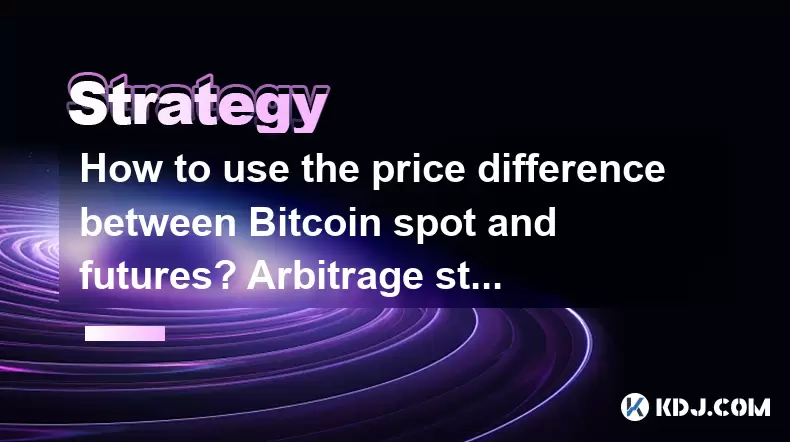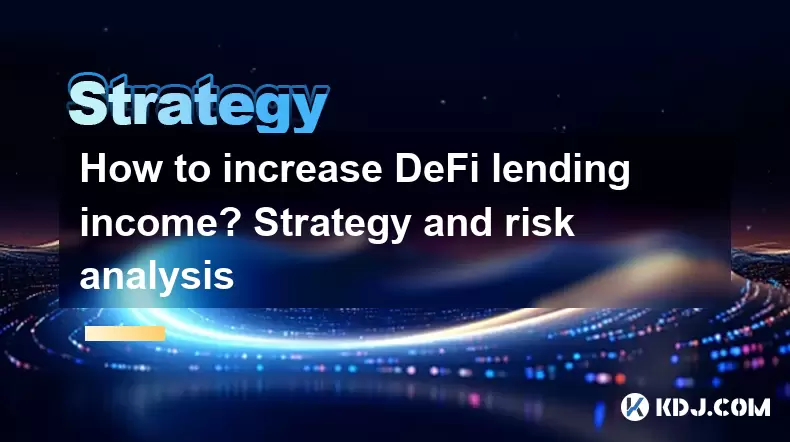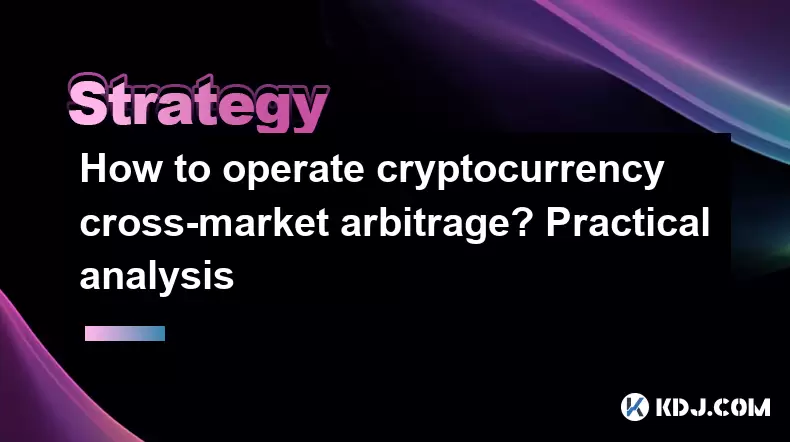-
 Bitcoin
Bitcoin $106,437.2012
0.82% -
 Ethereum
Ethereum $2,442.5287
0.82% -
 Tether USDt
Tether USDt $1.0005
-0.02% -
 XRP
XRP $2.1812
-0.27% -
 BNB
BNB $645.1327
0.45% -
 Solana
Solana $146.2379
0.39% -
 USDC
USDC $0.9999
-0.01% -
 TRON
TRON $0.2751
0.92% -
 Dogecoin
Dogecoin $0.1662
-0.23% -
 Cardano
Cardano $0.5827
-1.22% -
 Hyperliquid
Hyperliquid $37.5225
0.04% -
 Bitcoin Cash
Bitcoin Cash $479.0877
4.02% -
 Sui
Sui $2.7846
-3.27% -
 Chainlink
Chainlink $13.3576
0.84% -
 UNUS SED LEO
UNUS SED LEO $9.0252
-1.20% -
 Stellar
Stellar $0.2455
-1.07% -
 Avalanche
Avalanche $18.0680
-1.81% -
 Toncoin
Toncoin $2.8948
-1.07% -
 Shiba Inu
Shiba Inu $0.0...01164
-1.65% -
 Litecoin
Litecoin $85.0637
-0.06% -
 Hedera
Hedera $0.1526
-0.89% -
 Monero
Monero $316.2941
0.78% -
 Ethena USDe
Ethena USDe $1.0003
-0.04% -
 Polkadot
Polkadot $3.4113
-1.87% -
 Dai
Dai $1.0000
-0.01% -
 Bitget Token
Bitget Token $4.4488
5.16% -
 Uniswap
Uniswap $7.1740
3.09% -
 Pi
Pi $0.5968
11.43% -
 Pepe
Pepe $0.0...01010
-0.65% -
 Aave
Aave $264.3189
0.40%
Review of short-term skills chart for currency speculation
Short-term currency speculation requires understanding technical indicators, implementing risk management strategies, exploring different trading styles, and evaluating performance for successful outcomes.
Jan 12, 2025 at 12:03 pm

Review of Short-Term Skills Chart for Currency Speculation
Key Points
- Understanding the concept of short-term currency speculation
- Analyzing technical indicators for currency trading
- Implementing effective risk management strategies
- Exploring different trading styles for short-term currency speculation
- Evaluating the performance of a short-term currency speculation strategy
Introduction
Short-term currency speculation involves making profits from the short-term movements in foreign exchange (forex) rates. It requires a deep understanding of technical indicators, risk management, and different trading styles. This article provides a comprehensive review of the short-term skills chart for currency speculation, empowering traders with the knowledge and skills necessary for successful trading.
Understanding Technical Indicators
Technical indicators are mathematical calculations based on historical price data. These indicators provide insights into price trends, momentum, support and resistance levels, and overbought/oversold conditions. Commonly used technical indicators include:
- Moving Averages (MA): Show the average price over a specific period, smoothing out price fluctuations.
- Relative Strength Index (RSI): Measures the magnitude of recent price changes, indicating overbought or oversold conditions.
- Bollinger Bands (BB): Envelopes that surround the MA, providing insights into volatility and potential breakouts.
- Stochastic Oscillator (SO): Compares the current closing price to the range of prices within a specified period, indicating momentum and overbought/oversold conditions.
Implementing Risk Management Strategies
Risk management is crucial in currency speculation to protect capital and preserve profits. Effective strategies include:
- Using Stop-Loss Orders: Automatically closes positions when prices reach predetermined levels, limiting losses.
- Position Sizing: Adjusting the size of trades based on available capital and risk tolerance.
- Diversification: Spreading investments across multiple currencies to reduce portfolio risk.
- Hedging: Using financial instruments, such as options or futures, to offset potential losses from currency fluctuations.
Exploring Different Trading Styles
Traders can choose from various trading styles depending on their risk tolerance, time availability, and market conditions:
- Scalping: Executing multiple small trades within a short time frame, seeking small, quick profits.
- Day Trading: Holding positions for a single trading day, seeking to exploit intraday price movements.
- Swing Trading: Holding positions for several days or weeks, capitalizing on broader market trends.
- Position Trading: Holding positions for extended periods, targeting significant price movements based on fundamental analysis.
Evaluating Trading Strategies
Evaluating the performance of a short-term currency speculation strategy is crucial for ongoing improvement:
- Determining Profitability: Calculate the return on investment (ROI), profit factor, and Sharpe ratio to assess profitability.
- Analyzing Risk-Adjusted Returns: Consider metrics such as the drawdown (maximum loss) and reward-to-risk ratio.
- Testing on Historical Data: Backtesting strategies on historical data can provide insights into potential performance under different market conditions.
FAQs
Q: What technical indicators are most reliable for short-term currency speculation?
A: While no indicator is foolproof, Moving Averages, Relative Strength Index, Bollinger Bands, and Stochastic Oscillator are widely used.
Q: How important is stop-loss orders in risk management?
A: Stop-loss orders are crucial to limit potential losses, protecting capital and preserving profits.
Q: Which trading style is best for beginners in currency speculation?
A: Scalping and day trading may be suitable for beginners with less capital and time, as they allow for smaller and more frequent trades.
Q: How can I evaluate the performance of my trading strategy?
A: Analyze profitability, risk-adjusted returns, and backtesting results to assess the effectiveness of your strategy.
Disclaimer:info@kdj.com
The information provided is not trading advice. kdj.com does not assume any responsibility for any investments made based on the information provided in this article. Cryptocurrencies are highly volatile and it is highly recommended that you invest with caution after thorough research!
If you believe that the content used on this website infringes your copyright, please contact us immediately (info@kdj.com) and we will delete it promptly.
- Binance Lists Newton Protocol: Airdrop Ignites NEWT Token Surge!
- 2025-06-26 00:45:12
- SPX6900, Meme Coins, and DogWifHat Bulls: What's Happening?
- 2025-06-26 00:45:12
- Crypto Meme Coins: Riding the Upside Potential Wave
- 2025-06-26 00:25:12
- Moca Chain: Revolutionizing User Verification with Self-Sovereign Identity
- 2025-06-26 00:25:12
- US Mint Goes Comic Book Cool: Superman, Batman, and Wonder Woman on Coins!
- 2025-06-26 00:52:13
- Rohit Sharma's T20 World Cup Triumph: A Toss to Remember Against Pakistan
- 2025-06-26 00:55:12
Related knowledge

What are the skills of Bitcoin option hedging? Practical case sharing
Jun 24,2025 at 04:01pm
Understanding Bitcoin Option HedgingBitcoin option hedging is a risk management strategy used by traders and investors to protect their positions in the volatile cryptocurrency market. By using options, individuals can limit potential losses while retaining the opportunity for profit. In essence, it allows one to insulate against adverse price movements...

How to use the price difference between Bitcoin spot and futures? Arbitrage strategy
Jun 20,2025 at 02:56pm
Understanding Bitcoin Spot and Futures MarketsTo effectively leverage arbitrage opportunities between Bitcoin spot and futures markets, it's essential to understand the fundamental differences between these two types of markets. The spot market refers to the direct buying and selling of Bitcoin for immediate delivery at the current market price. In cont...

How to increase DeFi lending income? Strategy and risk analysis
Jun 24,2025 at 02:08pm
Understanding DeFi Lending and Its Income PotentialDeFi (Decentralized Finance) lending has emerged as a popular way to earn passive income in the cryptocurrency space. Unlike traditional banking systems, DeFi lending platforms allow users to lend their crypto assets directly to borrowers without intermediaries. The lenders earn interest based on the su...

How to operate cryptocurrency cross-market arbitrage? Practical analysis
Jun 23,2025 at 04:01am
Understanding Cryptocurrency Cross-Market ArbitrageCryptocurrency cross-market arbitrage involves taking advantage of price differences for the same digital asset across different exchanges. The core idea is to buy low on one exchange and sell high on another, capturing the profit from the discrepancy. This strategy relies heavily on real-time market da...

How to make profits from high-frequency cryptocurrency trading? Sharing core skills
Jun 19,2025 at 05:07pm
Understanding High-Frequency Cryptocurrency TradingHigh-frequency trading (HFT) in the cryptocurrency market involves executing a large number of trades at extremely fast speeds, often within milliseconds. This method relies on small price discrepancies across exchanges or within a single exchange’s order book. Traders use complex algorithms and ultra-l...

What are the methods of cryptocurrency quantitative trading? Detailed analysis
Jun 22,2025 at 11:07pm
Understanding the Core of Cryptocurrency Quantitative TradingCryptocurrency quantitative trading refers to the use of mathematical models and algorithms to execute trades in the digital asset market. Unlike traditional discretionary trading, which relies heavily on human judgment, quantitative trading leverages data-driven strategies to identify profita...

What are the skills of Bitcoin option hedging? Practical case sharing
Jun 24,2025 at 04:01pm
Understanding Bitcoin Option HedgingBitcoin option hedging is a risk management strategy used by traders and investors to protect their positions in the volatile cryptocurrency market. By using options, individuals can limit potential losses while retaining the opportunity for profit. In essence, it allows one to insulate against adverse price movements...

How to use the price difference between Bitcoin spot and futures? Arbitrage strategy
Jun 20,2025 at 02:56pm
Understanding Bitcoin Spot and Futures MarketsTo effectively leverage arbitrage opportunities between Bitcoin spot and futures markets, it's essential to understand the fundamental differences between these two types of markets. The spot market refers to the direct buying and selling of Bitcoin for immediate delivery at the current market price. In cont...

How to increase DeFi lending income? Strategy and risk analysis
Jun 24,2025 at 02:08pm
Understanding DeFi Lending and Its Income PotentialDeFi (Decentralized Finance) lending has emerged as a popular way to earn passive income in the cryptocurrency space. Unlike traditional banking systems, DeFi lending platforms allow users to lend their crypto assets directly to borrowers without intermediaries. The lenders earn interest based on the su...

How to operate cryptocurrency cross-market arbitrage? Practical analysis
Jun 23,2025 at 04:01am
Understanding Cryptocurrency Cross-Market ArbitrageCryptocurrency cross-market arbitrage involves taking advantage of price differences for the same digital asset across different exchanges. The core idea is to buy low on one exchange and sell high on another, capturing the profit from the discrepancy. This strategy relies heavily on real-time market da...

How to make profits from high-frequency cryptocurrency trading? Sharing core skills
Jun 19,2025 at 05:07pm
Understanding High-Frequency Cryptocurrency TradingHigh-frequency trading (HFT) in the cryptocurrency market involves executing a large number of trades at extremely fast speeds, often within milliseconds. This method relies on small price discrepancies across exchanges or within a single exchange’s order book. Traders use complex algorithms and ultra-l...

What are the methods of cryptocurrency quantitative trading? Detailed analysis
Jun 22,2025 at 11:07pm
Understanding the Core of Cryptocurrency Quantitative TradingCryptocurrency quantitative trading refers to the use of mathematical models and algorithms to execute trades in the digital asset market. Unlike traditional discretionary trading, which relies heavily on human judgment, quantitative trading leverages data-driven strategies to identify profita...
See all articles























































































